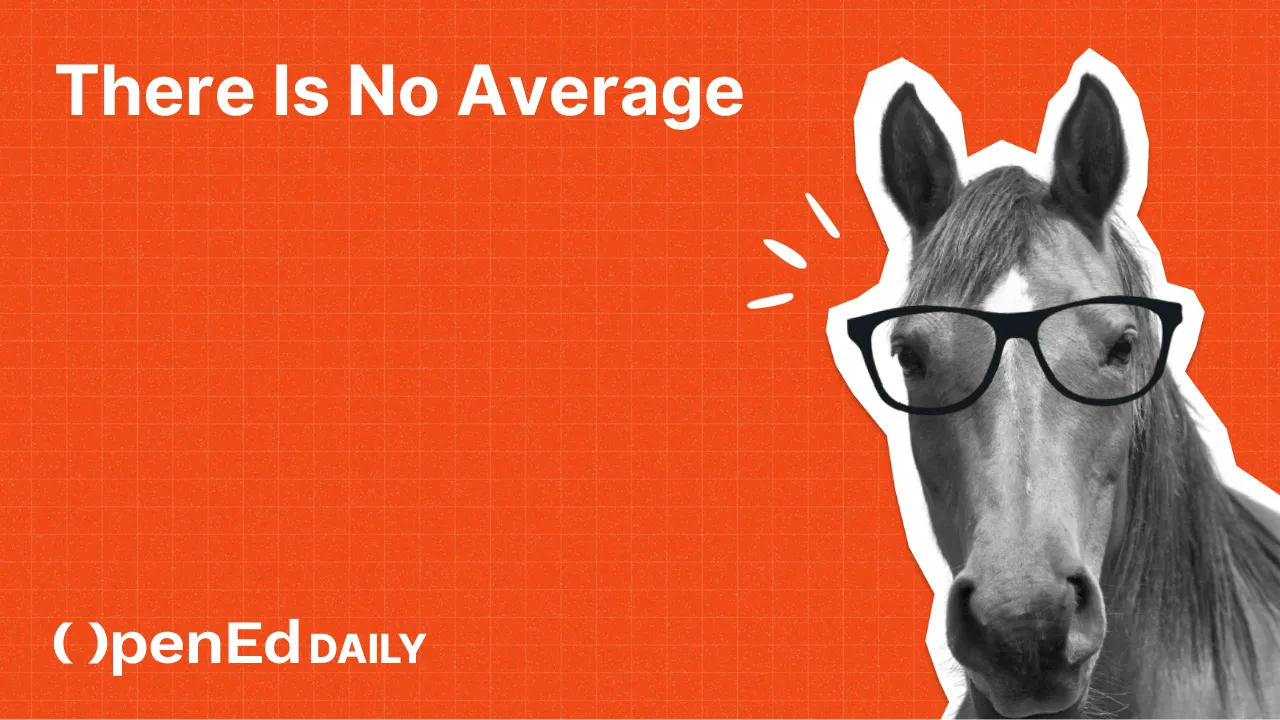Greetings!
Today we offer a TL;DR version of our podcast conversation with charter school founder Mike Goldstein—a story in three acts that challenges ideas even alternative education proponents often miss. Who is the system actually failing? How does project-based learning stack up against old-fashioned one-on-one tutoring? And how can parents access world-class tutoring (without breaking the bank)?
Let’s dive in.
THOUGHT: How Schools Fail the "Average" Kid
TREND: The Third-Floor Tutoring Tower
TOOL: Savvy Learning
How Schools Fail the “Average” Kid
Mike Goldstein identified an often overlooked group that traditional high schools are failing: the kids in the middle.
Not the gifted ones. Not the visibly struggling ones.
It's those neither headed to elite universities nor obviously failing—lost in standardized education's cracks.
The cruel irony? Our systems are built on the myth of the "average student." Standardized everything assumes some mathematical middle where most kids belong.
But there is no average student. Every "just okay" performer likely excels somewhere—the mediocre math student might be a brilliant storyteller, gifted mechanic, or natural ecologist.
Standardization doesn't serve average students—it manufactures them. It transforms unique individuals into educational zombies: neither challenged nor supported. Just... existing.
These students don't struggle enough for intervention, yet never thrive. Schools optimize for extremes while the vast middle gets mediocrity designed for a student who doesn't exist.
Every child deserves better than being averaged into obscurity.
Read more about finding your child's superpower.
The Third-Floor Tutoring Tower
Mike's charter school tried project-based learning. It wasn't working.
What did work? One-on-one tutoring for foundational skills.
The problem is, tutoring is expensive.
Mike came up with a wild solution. When they bought their three-story building, the original plan was to rent out the top floor to help pay the mortgage. Instead, the school built it out as a college dorm with 14 triple rooms and bunk beds.
They recruited 42 recent college grads to live and tutor for a year, Teach for America style. The pay was minimal, but housing was free. Every day at 8:00 AM these 22-year-olds would come downstairs and spend their entire day tutoring students one-on-one.
"We got maybe 250 people to apply for these 40 full-time tutoring slots," Mike says. These were Princeton grads who didn't know if they wanted to be teachers but liked the idea of a year of public service.
The results? Harvard economist Roland Fryer's research found that high-dosage tutoring like this can double or even triple what students learn in a year. The University of Chicago's Education Lab has shown it can close the black-white achievement gap in mathematics completely.
Savvy Learning
We know high-dosage tutoring works. But what kid wants to sit through an hour-long session?
Savvy Learning takes a different approach: 25-minute sessions, four days per week, with a research-backed approach for reading and math. (Oh, did we mention that it's available as a vendor to OpenEd families in our marketplace?).
Think of it like athletic training. The best athletes don't train constantly. They sprint, rest, and repeat.
Try it, and see if your kid loves it.
Subscribe to The OpenEd Daily
Join 20,000+ families receiving curated content to support personalized learning, every school day.
.webp)

.avif)


.png)
.png)
.png)